In today's rapidly changing software development environment, the SDLC (Software Development Life Cycle) agile development method has become the first choice for many companies. This article will explore the concept, core advantages, and practical analysis of the SDLC agile development method in depth . I hope that through the study of this article, you will be able to master the SDLC agile development method.
The SDLC agile development method is a project management method that emphasizes flexibility and rapid response, and aims to quickly deliver high-quality software products through iterative and incremental development. It originated in the mid-1990s as an improvement on the traditional waterfall model , aiming to address the shortcomings of the waterfall model in dealing with rapidly changing requirements and market environments. Agile development enables teams to better adapt to changes and deliver working products at the end of each iteration cycle by breaking down projects into multiple small, manageable parts.
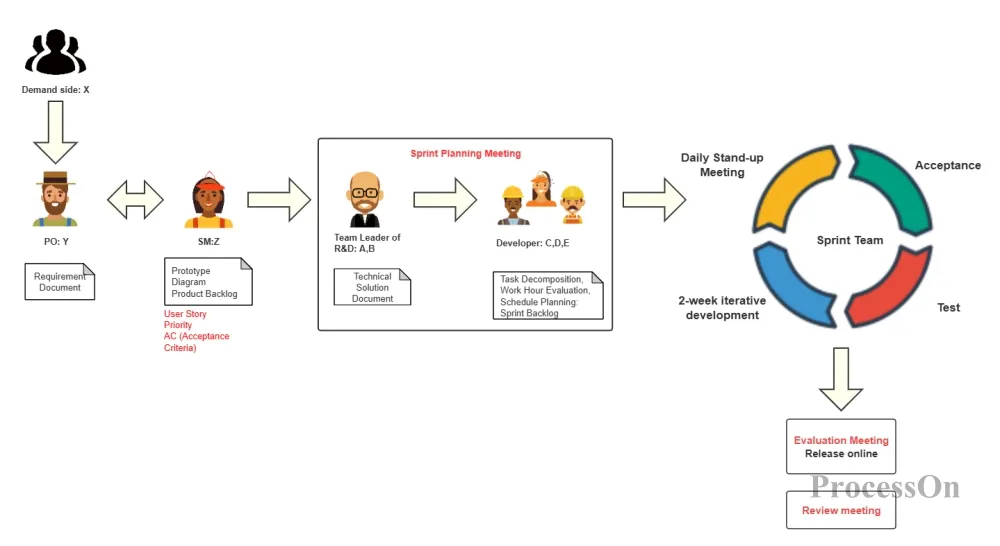
SDLC Agile Development Process
Flexibility: Agile development allows teams to reassess and adjust requirements within each iteration cycle, thereby adapting quickly to changing needs and market conditions.
Fast delivery: Through phased iterative development, the team can deliver a usable product version in each iteration cycle, ensuring that customers can see the product as early as possible and make suggestions for improvements.
Continuous improvement: The team will review at the end of each iteration cycle, summarize lessons learned, and propose improvement measures to continuously improve work efficiency and product quality.
Teamwork: Agile development emphasizes close cooperation among team members, including cooperation with customers and other stakeholders, thereby increasing the success rate of the project.
Taking a startup developing a mobile app as an example, the agile SDLC practice process is as follows:
Requirements Analysis: The product manager works with the marketing department to determine the core functionality of the app and create a list of user stories.
Design: UI/UX designers create preliminary prototypes and discuss technical feasibility with front-end developers.
Implementation/Coding: The development team uses the Scrum methodology, completing sprints every two weeks and releasing a new version at the end of each sprint.
Testing: The QA team performs daily build testing using automated testing tools and also performs manual testing periodically.
Deployment: After the application has been internally tested, it is first released to some users in a small range for trial and to collect feedback.
Maintenance: Based on user feedback, the team continuously improves the application while monitoring application performance to ensure stable operation.
This case study demonstrates how to quickly respond to market changes and continuously deliver high-quality products through agile SDLC.
The agile development flow chart is as follows:
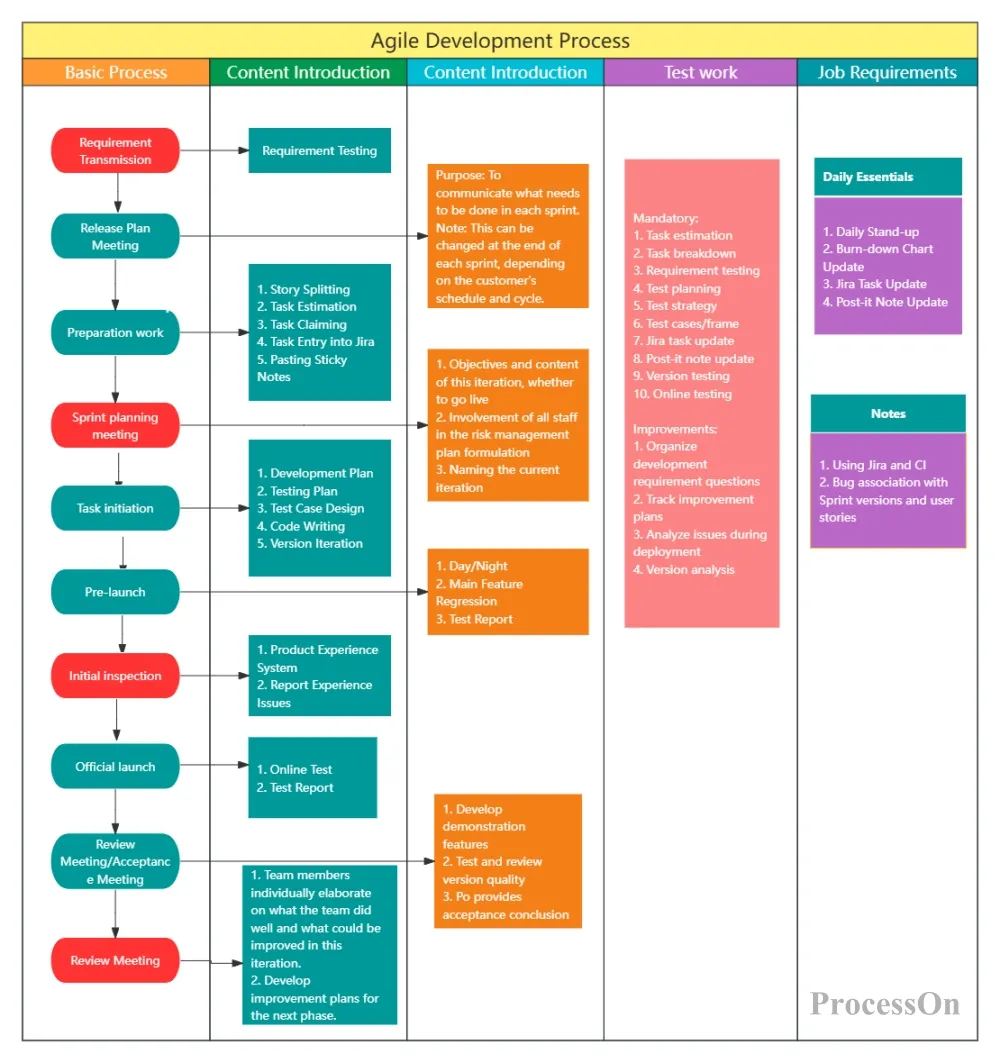
Use Template - Agile Development Flowchart
In the agile development process, flowchart tools play a vital role. Here are some key points on how flowchart tools can help agile development:
Visual code logic: Code flow chart tools can transform abstract code logic into intuitive graphics, and analyze the system by drawing UML, architecture diagrams, etc., which reduces the difficulty of understanding the code and improves debugging efficiency.
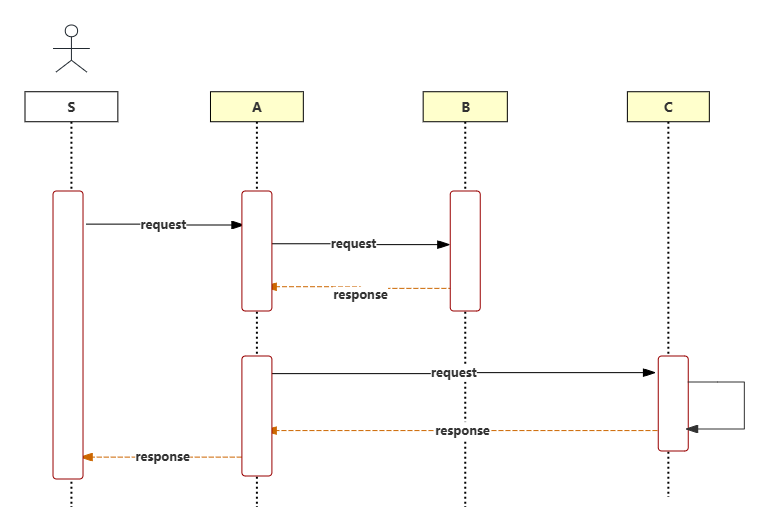
Using Template--UML Sequence Diagram
Team collaboration and communication: The online collaboration function of the flowchart tool allows team members to edit, comment and discuss the flowchart at the same time in different locations, improving the overall development efficiency of the team.
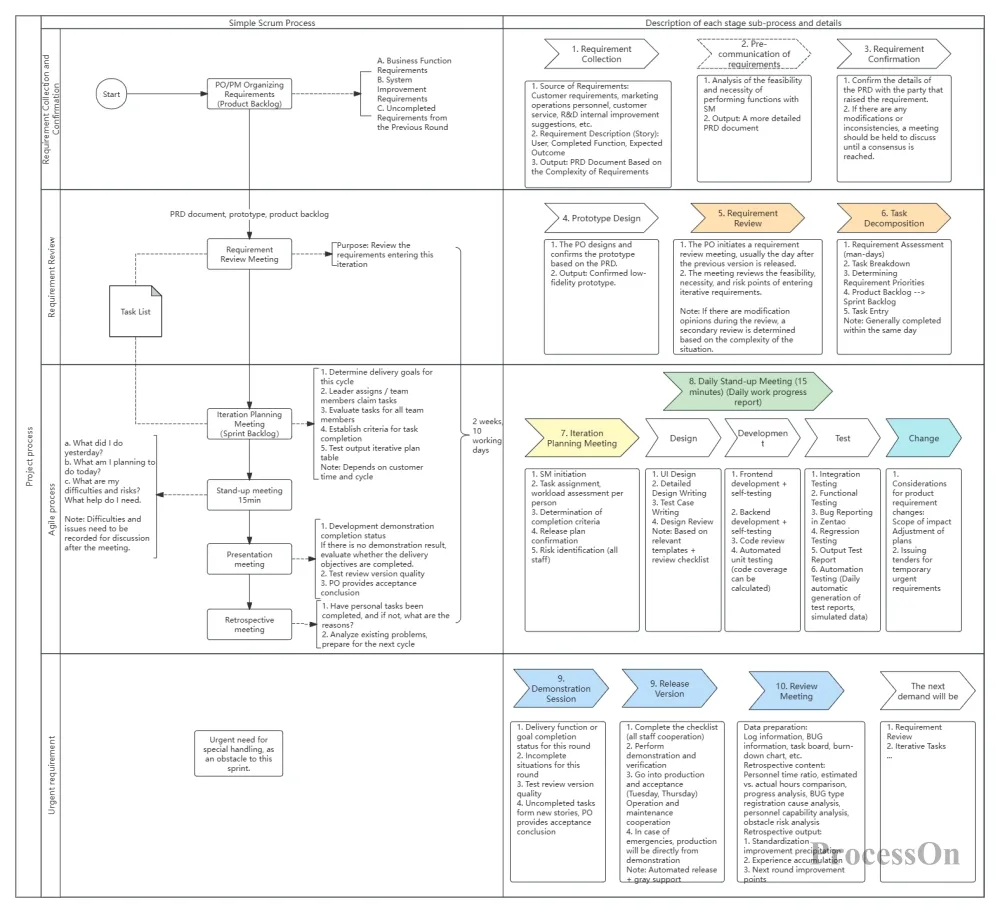
Use template--agile development flowchart
One of the main features of agile development is its excellent risk management capabilities. Through iterative development and continuous feedback, the team can identify and solve problems in a timely manner, thereby reducing project risks. In the agile development process, each iteration cycle will be tested and verified to ensure product quality. In addition, agile development emphasizes transparency, and team members maintain open and transparent communication to keep abreast of project progress and identify and solve problems. This risk management strategy helps ensure the smooth progress and ultimate success of the project.
Agile development method is an incremental, iterative software development process that predefines the number, duration, and scope of each iteration. There are many practices in agile development method . The following is a basic introduction to several common agile development methods:
Scrum emphasizes product value orientation and gradually builds products through short-cycle iterations (Sprints). It defines three core roles: product owner, Scrum Master, and development team. Scrum's core practices include Sprint planning meetings, daily stand-up meetings, Sprint reviews, and retrospective meetings, which help teams maintain transparency, efficiency, and continuous improvement.
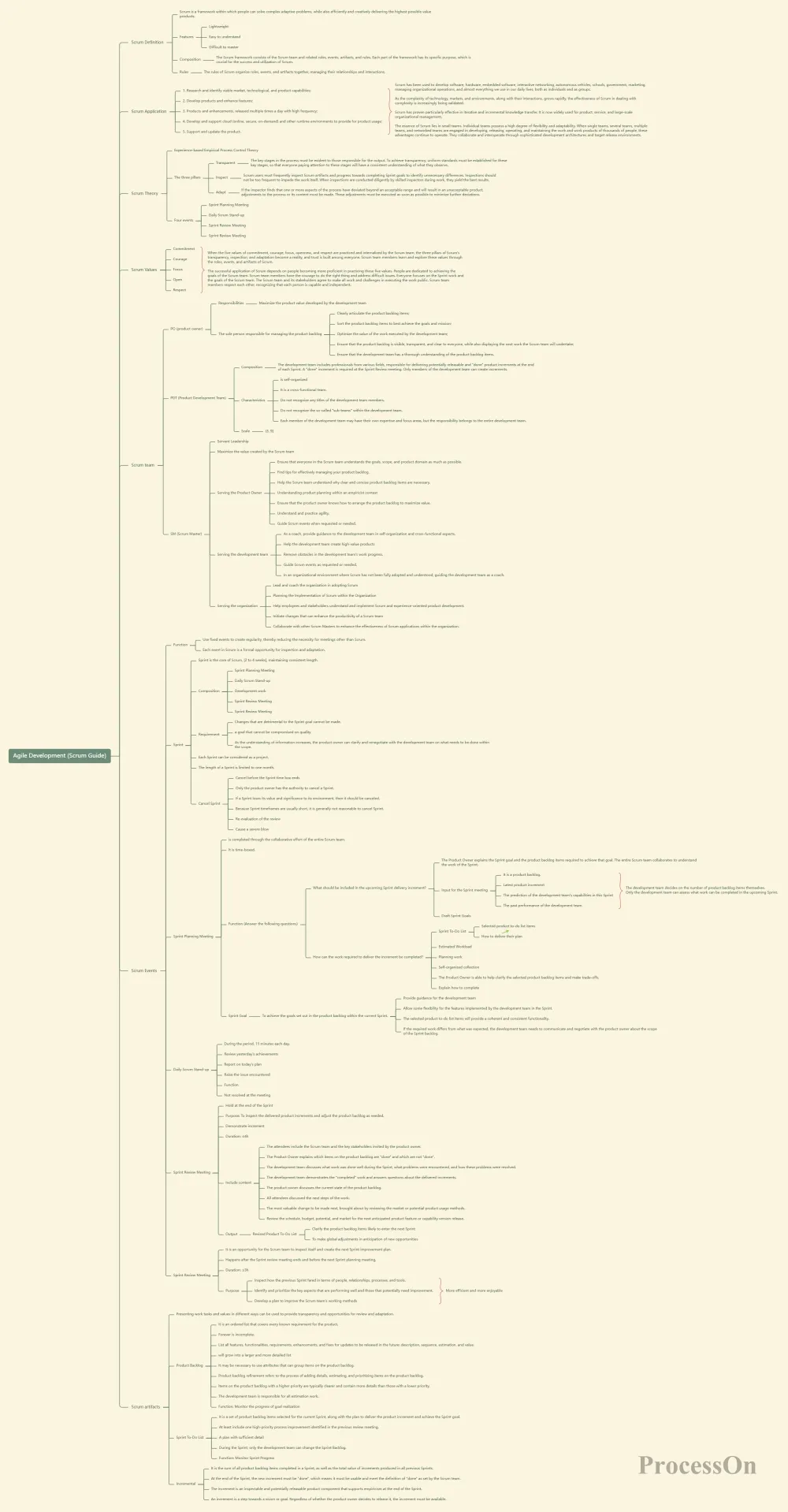
Agile Development Methodology - Scrum Guide
Extreme Programming is a lightweight, practice-oriented agile method. It advocates pair programming, where two programmers write code together on the same computer to improve code quality and team collaboration. XP also emphasizes practices such as continuous integration, test-driven development, code refactoring, and simple design, which help teams respond to changes quickly and continuously deliver high-quality software.
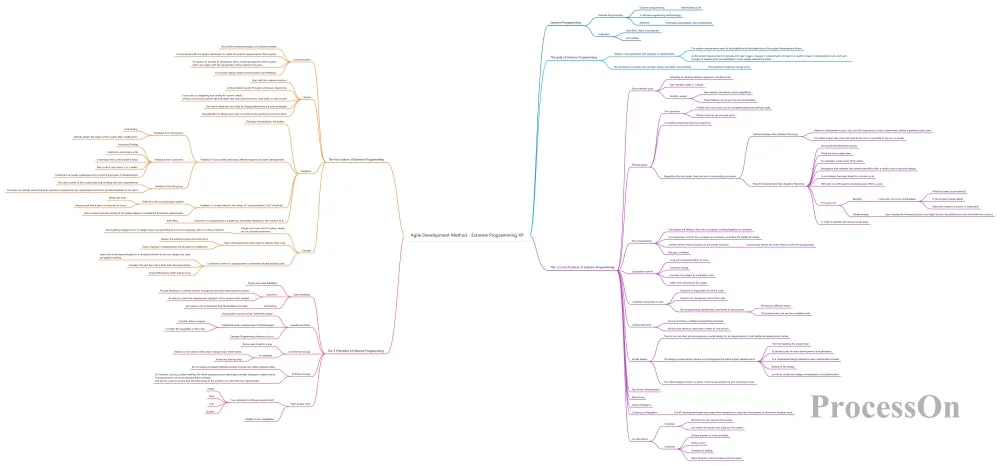
Agile Development Method - Extreme Programming XP
Kanban is an agile method based on a pull production system that focuses on process optimization and continuous improvement. Kanban helps teams identify bottlenecks, reduce waste, and improve overall process efficiency by visualizing workflows, limiting the amount of work in progress (WIP), and implementing delivery cycle time management.

Agile Development Method-KanBan
Lean development draws on the ideas of lean production, emphasizing maximizing customer value and eliminating waste. It advocates practices such as value stream mapping, continuous delivery, hypothesis-driven development, and minimum viable product (MVP), which help teams quickly verify ideas, collect feedback, and focus on creating features that customers really want.
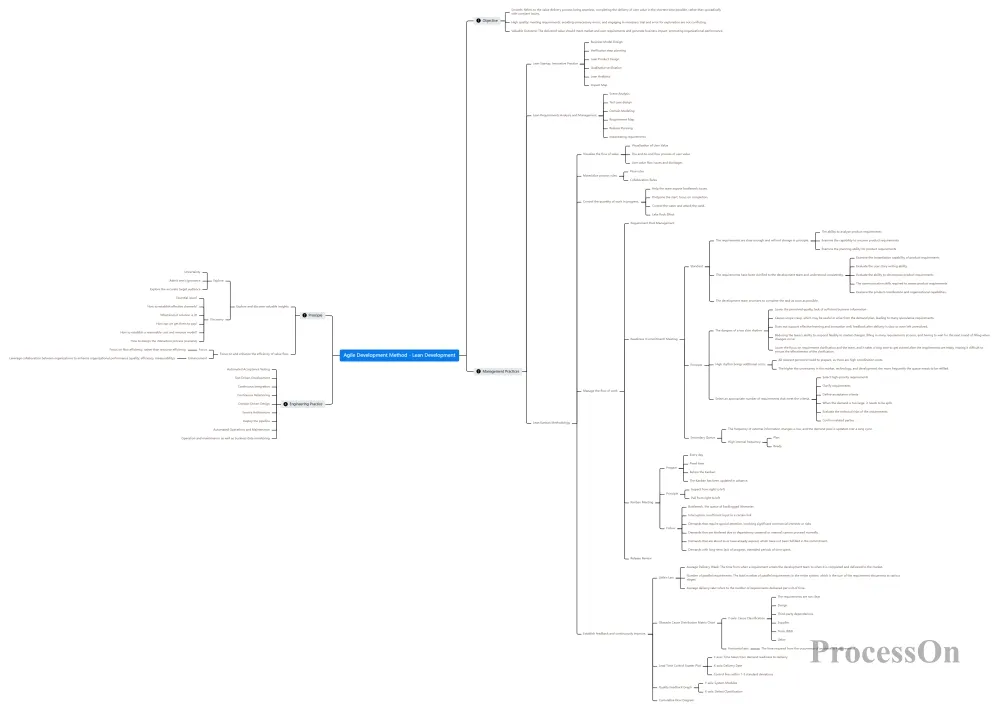
Agile Development Methodology - Lean Development
In summary, the SDLC agile development method plays an increasingly important role in the field of software development with its core advantages such as flexibility, rapid delivery, continuous improvement and team collaboration. If you want to know other methods or models in the software development life cycle, you can enter SDLC Complete Guide, Concepts, Models, Drawing Tutorials article to learn more.
The above agile development method diagrams are all created using ProcessOn . If you want to draw relevant flow charts for your project, you can use ProcessOn .